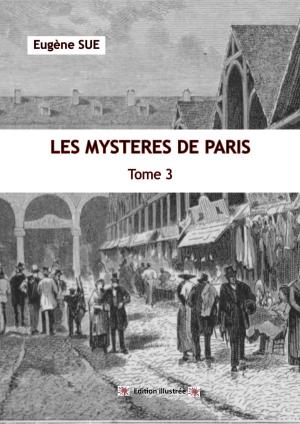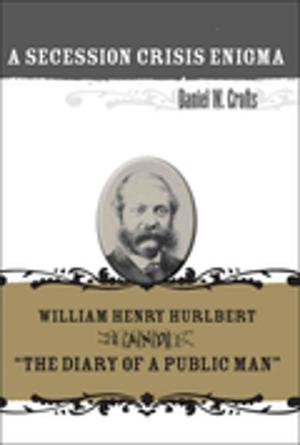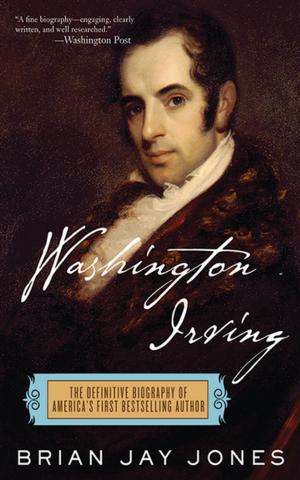The Tallest Tower
Eiffel and the Belle Epoque
Nonfiction, Travel, Europe, France, History, Modern, 19th Century| Author: | Joseph Harriss | ISBN: | 9782900785027 |
| Publisher: | Joseph Harriss | Publication: | February 27, 2018 |
| Imprint: | Joseph Harriss | Language: | English |
| Author: | Joseph Harriss |
| ISBN: | 9782900785027 |
| Publisher: | Joseph Harriss |
| Publication: | February 27, 2018 |
| Imprint: | Joseph Harriss |
| Language: | English |
The Paris Universal Exposition of 1889 marked both the centennial of the French Revolution and France's recovery from the humiliating defeat of the Franco-Prussian War. Gustave Eiffel's thousand-foot tower celebrated both those events. But the tower was a stunning accomplishment in its own right, the tallest structure made by man. It was as provocative as it was ambitious. Even before its girders reached toward the sky, Charles Gounod, Alexandre Dumas fils, Guy de Maupassant, and dozens of other artists and intellectuals protested in outrage over this metal monster which would spoil Paris's classic skyline. But despite public apprehension and unprecedented technological challenges, the tower was ready in time to star at the fair, competing successfully for attention with Thomas Edison's first phonograph and Buffalo Bill's Wild West Show. This is also the story of a master builder of the industrializing nineteenth century. Wielding iron in new ways, Eiffel scattered his creations around the globe—train stations and vaulting bridges in Europe, South America, and Indochina, the interior bracing of the Statue of Liberty in the United States. Over the years the tower has been scorned, exalted, analyzed by philosophers for hidden meaning, and used by eccentrics for bizarre stunts. It remains the world's most famous landmark. Richly illustrated with historical documents, this is a fascinating look at the tower and the rich socio-economic context that made it a symbol of the Belle Epoque. "An interesting story interestingly told."—The New York Times. "Written with wit and charm."—The Los Angeles Times
The Paris Universal Exposition of 1889 marked both the centennial of the French Revolution and France's recovery from the humiliating defeat of the Franco-Prussian War. Gustave Eiffel's thousand-foot tower celebrated both those events. But the tower was a stunning accomplishment in its own right, the tallest structure made by man. It was as provocative as it was ambitious. Even before its girders reached toward the sky, Charles Gounod, Alexandre Dumas fils, Guy de Maupassant, and dozens of other artists and intellectuals protested in outrage over this metal monster which would spoil Paris's classic skyline. But despite public apprehension and unprecedented technological challenges, the tower was ready in time to star at the fair, competing successfully for attention with Thomas Edison's first phonograph and Buffalo Bill's Wild West Show. This is also the story of a master builder of the industrializing nineteenth century. Wielding iron in new ways, Eiffel scattered his creations around the globe—train stations and vaulting bridges in Europe, South America, and Indochina, the interior bracing of the Statue of Liberty in the United States. Over the years the tower has been scorned, exalted, analyzed by philosophers for hidden meaning, and used by eccentrics for bizarre stunts. It remains the world's most famous landmark. Richly illustrated with historical documents, this is a fascinating look at the tower and the rich socio-economic context that made it a symbol of the Belle Epoque. "An interesting story interestingly told."—The New York Times. "Written with wit and charm."—The Los Angeles Times















